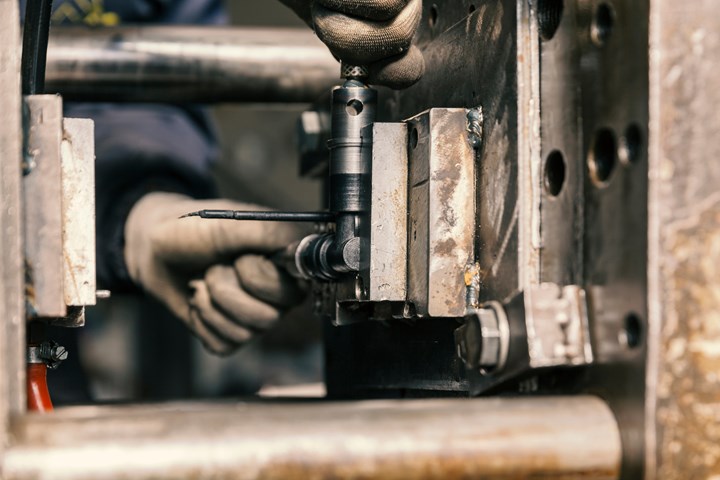
MoldMaking Technology has been around for twenty-three years. In that time, it has grown and evolved with the moldmaking industry, and has provided a wide range of content that reflects that. Tips, generally informative articles, MMT Chats, new services and technologies, webinars, and more have been developed and presented to MMT’s audience—you!—from the editorial staff and contributing writers alike.
In that amount of time, certain articles—based on analytics information—have also been considered the most popular articles of all time. Ranging in age and topic, these top ten articles are listed below:
1. Four Key Uses of Prototyping
Whatever the item a company intends to produce, creating a prototype is crucial to the design process. According to Steve Upton from Schmit Prototypes, moldmakers would be wise to stay on top of technology developments and consider their use to improve the service they provide. This article explains in-depth how prototyping helps evaluate and test a design, clarify production costs, sell a product and secure patents.
3. Texturing Molds for Thermoplastics: Factors for Success
This article takes a material approach and describes a range of factors that should be considered when selecting a texture or grain for a thermoplastic mold or die, as well as when reproducing that specified texture on a mold surface. Covering etchants used to texture material, the various methods to applying the texture, as well as economic factors to look out for, contributing writer Pete Kambouris from Wisconsin Engraving provides readers with an in-depth experience in this topic.
5. How to Deal with Graphite Dust, Part 1
In the first part of a two-part article, Jerry Mercer from Poco Graphite reviews characteristics and considerations when handling graphite dust. Asking the question of whether graphite dust is a hazard or nuisance, methods for controlling graphite dust during the electrode fabrication process and more is covered here. Part two examines the explosive potential of graphite dust and how to dispose of remnants that may be accumulating around the shop.
7. A Different Approach to Mold Venting
Proper mold venting is essential for producing quality parts. During the molding process, the air contained in the mold needs a way to escape, otherwise, the melt will compress and trap that air in the cavity. To overcome standard mold venting limitations and prove mold performance, this article details nonstandard and alternative venting solutions.
9. What You Should Consider When Purchasing Modified P20 Steel
P20, a 4130, 4135 modified material, has long been the steel of choice for pre-hardened mold steels. P20 is classified as a chrome-moly alloy, with a carbon content of approximately 0.30 to 0.40. Over time, many variations on basic P20 chemistry have been introduced to the marketplace. Each modification can have an effect on the various processes used in the fabrication of a mold.
This article explores the chemical variations of P20, and the factors that determine the quality of the surface finish of P20 steels.
Read Next
MoldMaking Technology's Top-Viewed Content 2020: MMT Chats
These popular MMT Chat posts from 2020 feature a range of topics, from COVID-19, a mentorship program, how to grow your business and other important topics. Revisit some of your favorites, or take a look at what you’ve missed.
Read MoreHow to Use Continuing Education to Remain Competitive in Moldmaking
Continued training helps moldmakers make tooling decisions and properly use the latest cutting tool to efficiently machine high-quality molds.
Read MoreHow to Use Strategic Planning Tools, Data to Manage the Human Side of Business
Q&A with Marion Wells, MMT EAB member and founder of Human Asset Management.
Read More
















